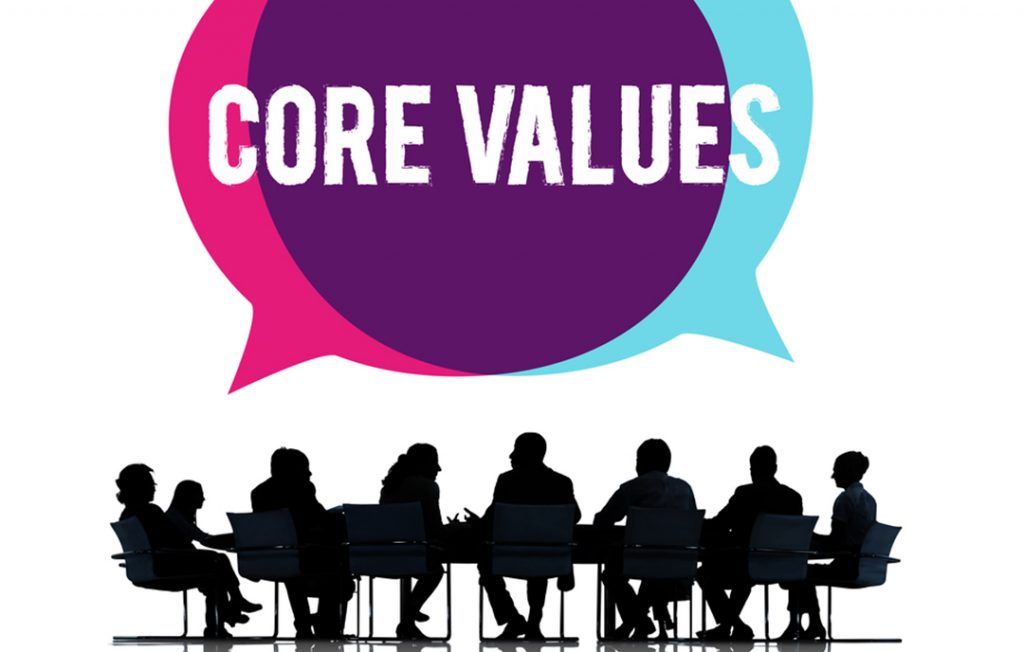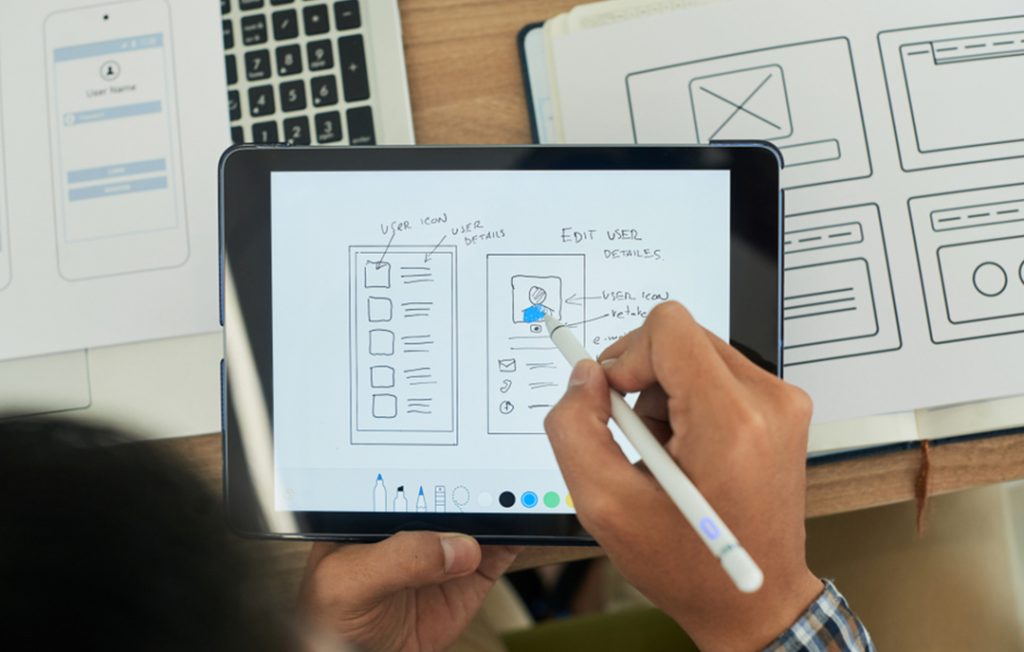Growing a business is not just about boosting sales or just selling your product. Or services to existing and prospective customers. A business venture is only successful if it has a well-defined process to efficiently gather leads. That can be converted to sales and finally into loyal customers.
From our experience with various customer relationship management software. Salesforce comes out as one of the best CRM software offering everything a business needs to close sales blazing fast.
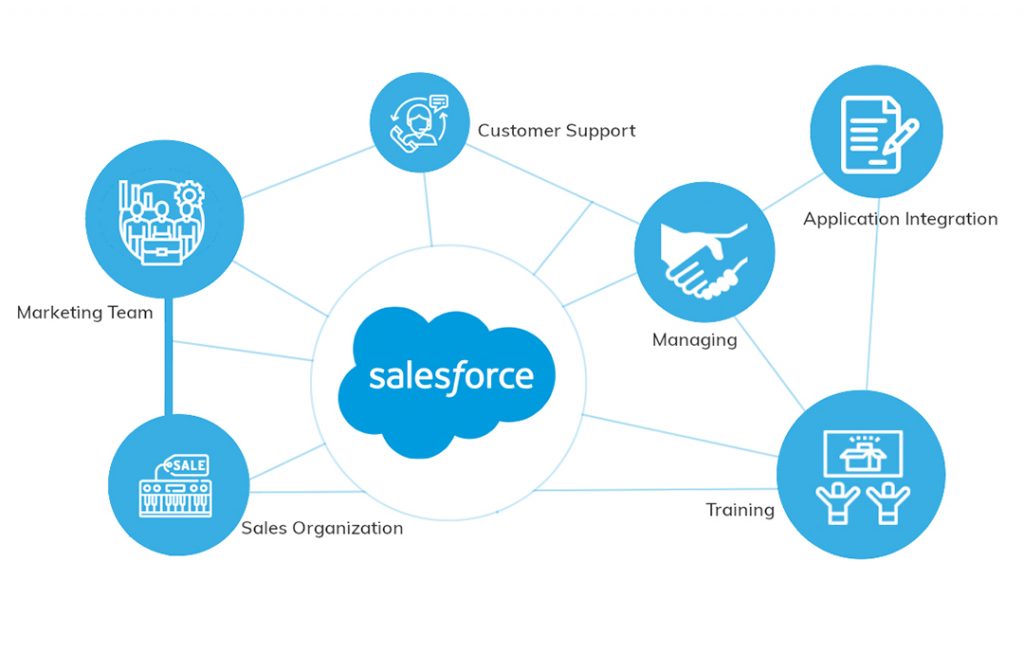
In this article, we’re going to be delving deep into Salesforce. And tell you why it is amongst the best CRM software in the market.
About Salesforce CRM?
Organisations needed a cloud-based CRM that will take care of all of their customer’s concerns. From marketing and sales to customer service to streamlining operations and saving valuable resources and time. Salesforce was created with a vision to reinvent the Cloud CRM model. And usher in a new era of cloud computing.
What does Salesforce do?
Salesforce helps businesses run their operations efficiently and profitably by reducing the expense of managing the organizational infrastructure. Not only that, the CRM offers a wide range of features in all the functional areas of a company
- In the Marketing Team
Salesforce professional edition enables the marketing team of a company to create and track marketing campaigns while measuring the success rate and automatically provide the leads to sales teams.
- In Customer Service
Salesforce tracks various customer issues as per resolutions based on escalation rules such as the client’s priority and elapsed time. This help is elevating customer satisfaction levels as the issues do not fall through loopholes and always get escalated to the next level if left unresolved.
- Salesforce in Management
Equipped with visual dashboards and extensive reporting features, the CRM provides the management with real-time reporting and process visibility.
Reasons to use Salesforce
1) Covers entire customer lifecycle:
The CRM has been developed for marketing & sales reps to track the potential and customer lifecycle using tools like Sales Cloud for accessing sales activities, Service Cloud along with Desk.com to anticipate and respond to customer needs, using Marketing Cloud and Pardot to design 1-o-1 customer journeys and drive sales, Analytics to derive customizable insights and gain a deeper understanding of your team’s performance, and so much more.
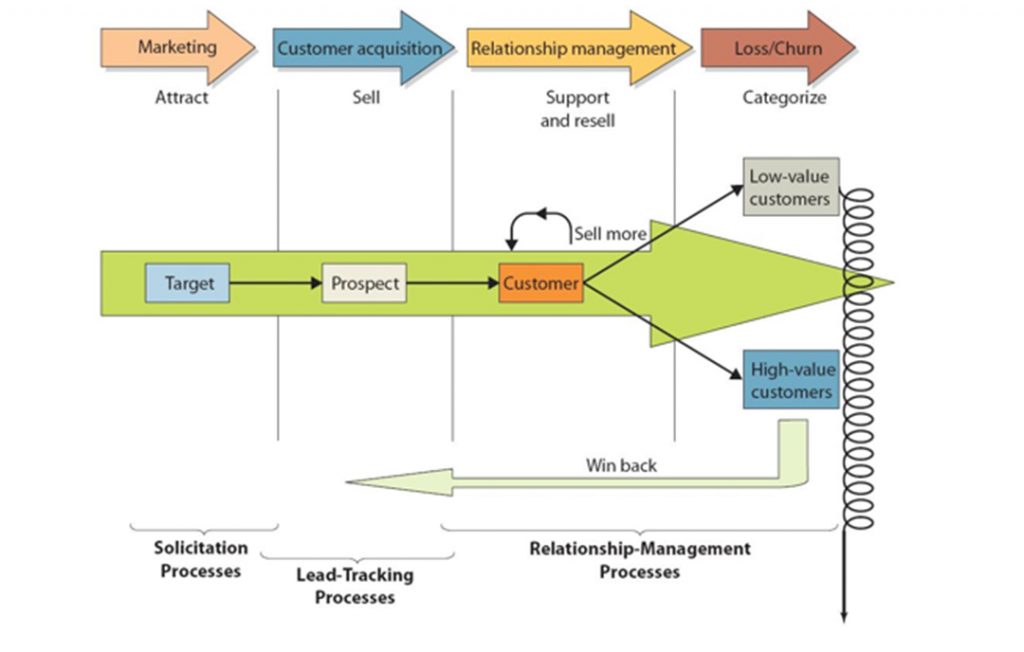
Salesforce has worked hard for the last 17 years to build their brand’s repute while successfully growing, retaining customers in terms of service and value, creating a unified sense amongst their customers and stakeholders, making Salesforce a brand to be reckoned with in the CRM market.
2) Automate everyday tasks
Closing a sale is never as easy as getting a customer to just agree to commit. Underneath the surface details of any sale, there are hundreds of minuscule tasks that need to be completed in order for everything to function the right way. Forms need to be filled out, reports to be sent, legal issues need addressing — these smaller tasks are a time-consuming yet crucial aspect of any sales process.
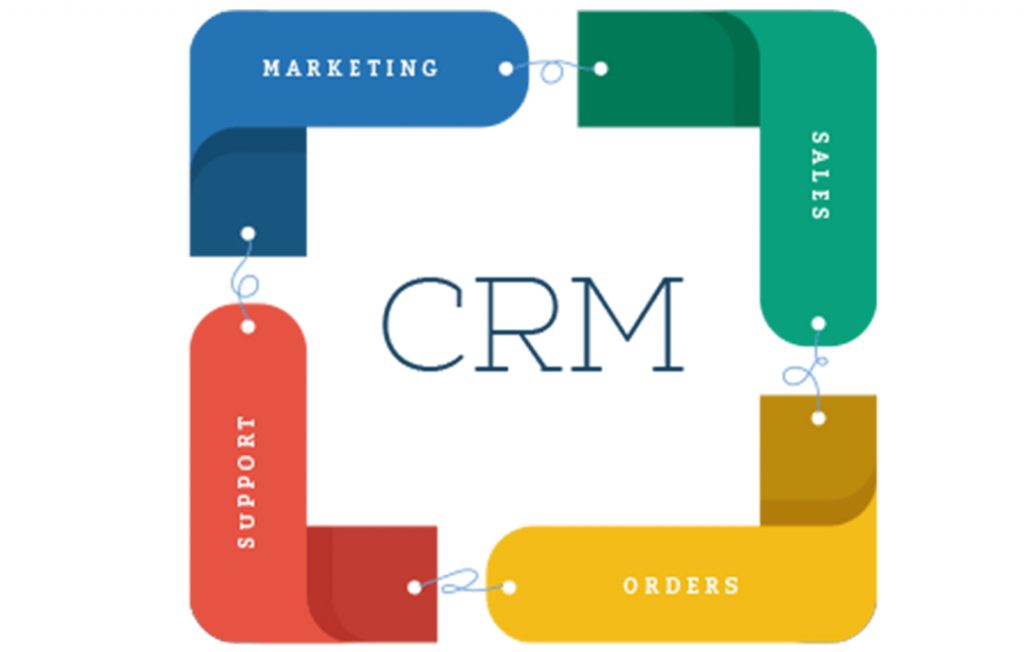
Salesforce CRM system is designed to take the burden of most of these tasks off the shoulders of your employees with digital automation. In short, your reps will be able to focus the majority of their efforts towards closing leads and resolving customer issues, while the automated CRM system takes care of the minute details.
3) Improved analytical data and reporting
Miscalculated data analysis should never be the reason you cannot succeed. With Salesforce, this is no longer a possibility. The CRM systems store all the information in one place which leads to an improved and unified analysis of the data as a whole. Equipped with seamless integration with different tools or plugins. You have the capability of generating automatic reports to maximize your time.
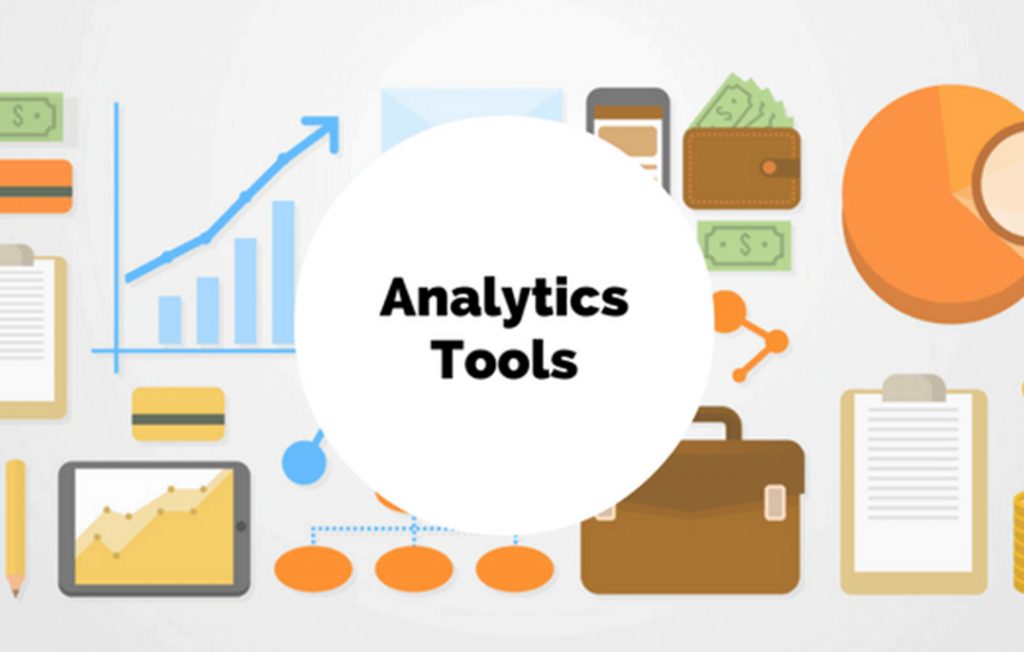
You can personalize your dashboard views to quickly access the information needed. Such as client information, sales targets, and performance reports deriving limitless opportunities. With optimized reporting data, you can make resourceful. And impactful decisions to reap the rewards in terms of customer loyalty and long-run profitability.
Few last words:
All the above-mentioned factors make Salesforce a powerful CRM software to have for your business. However, you should also take your business requirement and customer’s persona into consideration while choosing a CRM.
Just in case you have any questions regarding CRM software or need any help in setting them up, please feel free to contact us anytime. We’d love to help you out.
